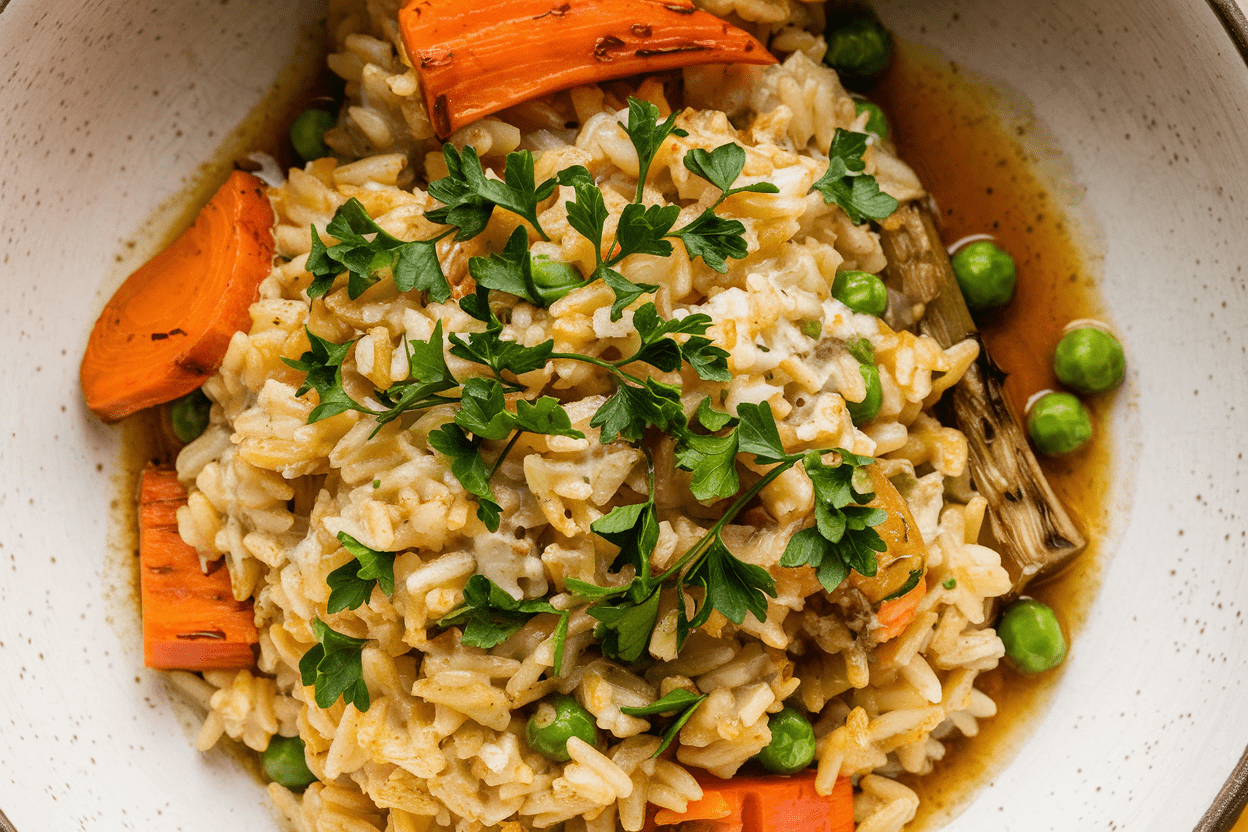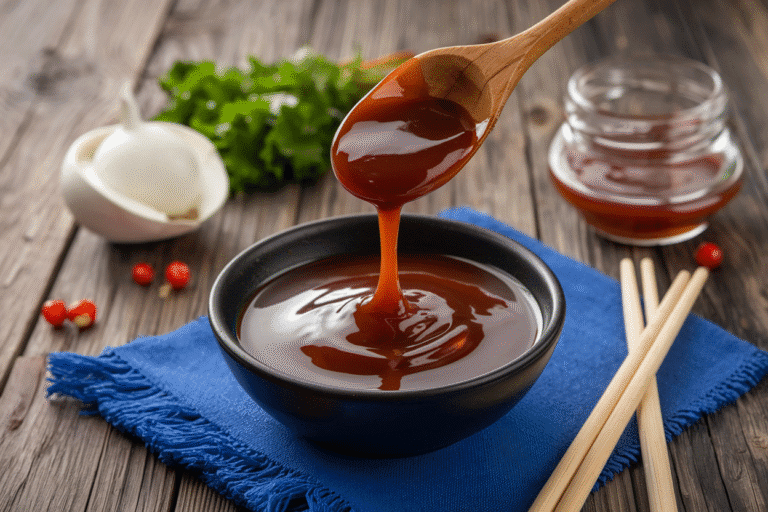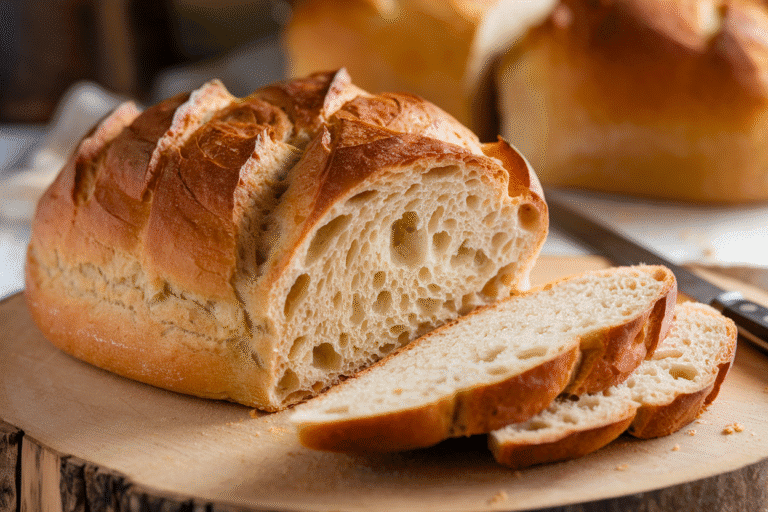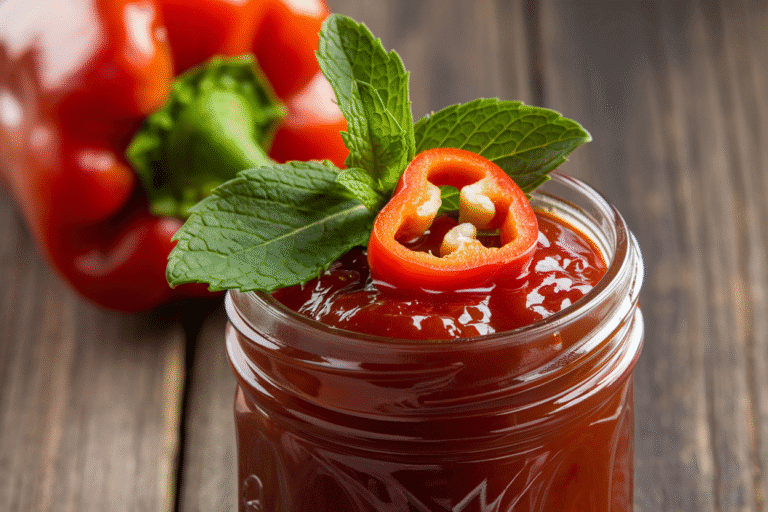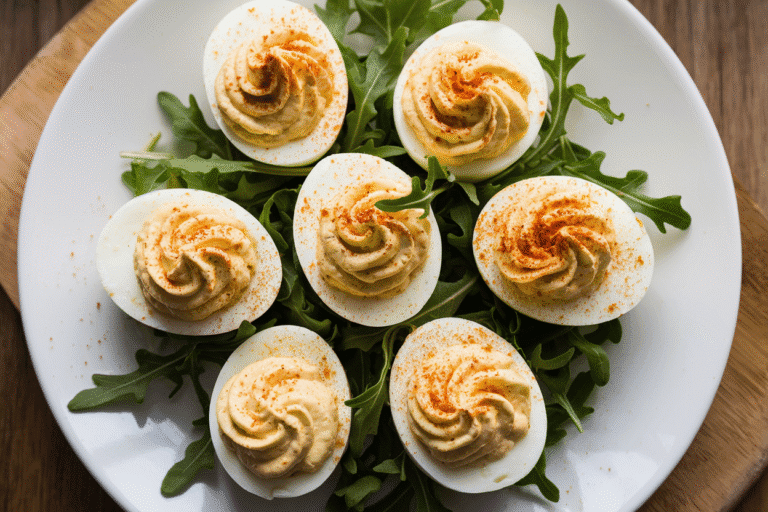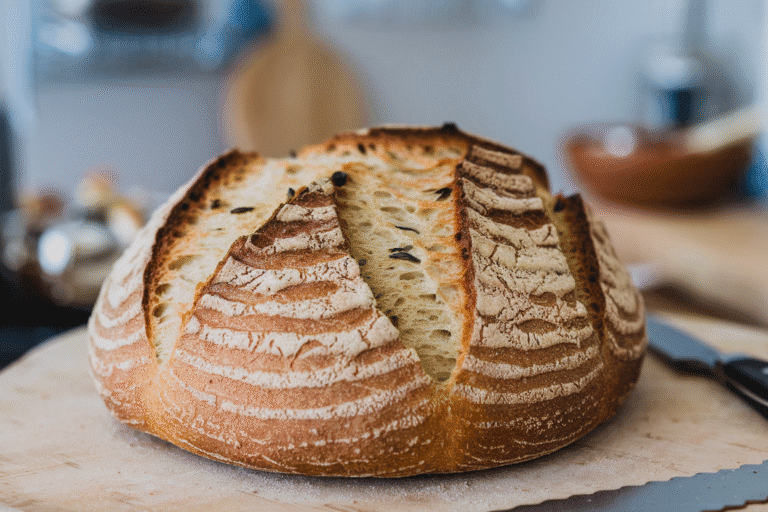Rice Pilaf Recipe Easy: The 20-Minute Secret Side That Makes You Look Like a Pro
You want a side dish that tastes fancy but takes less effort than finding your keys? This rice pilaf recipe easy delivers big flavor with small energy. Toasty, buttery rice.
Fluffy grains. Aromatics that make your kitchen smell like you actually tried. It’s reliable, repeatable, and ridiculously good.
Make it once and you’ll wonder why you ever settled for plain rice.
What Makes This Recipe So Good
This isn’t just rice—it’s rice with a strategy. Toasting the grains in butter and olive oil adds nutty depth and ensures the texture stays fluffy, not gummy. A quick sauté of onion, garlic, and a little vermicelli (or orzo) gives it that classic pilaf vibe—each bite tasty on its own without stealing the spotlight from your main dish.
We swap water for broth, because flavor matters.
Then a touch of lemon and fresh herbs at the end makes it feel bright and restaurant-level. The best part? It cooks in one pot, it’s done in about 20 minutes, and it scales up effortlessly for weeknights or guests who “just happened” to show up hungry.
Shopping List – Ingredients
- 1 cup long-grain white rice (basmati or jasmine recommended)
- 1/3 cup vermicelli or orzo (optional but classic)
- 2 tablespoons unsalted butter
- 1 tablespoon olive oil
- 1 small yellow onion, finely diced
- 2 cloves garlic, minced
- 2 cups chicken or vegetable broth (low-sodium, warm)
- 1 bay leaf (optional, adds depth)
- 1/2 teaspoon kosher salt (adjust to taste)
- 1/4 teaspoon black pepper
- 1/4 teaspoon ground turmeric or a pinch of saffron (optional for color and aroma)
- 1 tablespoon lemon juice (fresh)
- 2 tablespoons chopped fresh parsley (or dill)
- Optional add-ins: 1/4 cup toasted slivered almonds or pine nuts; 1/4 cup currants or golden raisins
The Method – Instructions
- Rinse the rice. Put the rice in a fine-mesh sieve and rinse under cold water until it runs mostly clear.
Shake dry. This removes extra starch and helps keep the pilaf fluffy.
- Heat the fat. In a medium saucepan over medium heat, melt the butter with the olive oil until shimmering.
- Toast the pasta (if using). Add the vermicelli or orzo and cook, stirring, 2–3 minutes until golden-brown. Don’t walk away—it goes from tan to “oops” fast.
- Sauté aromatics. Stir in the onion and cook 3–4 minutes until translucent.
Add the garlic and cook 30 seconds until fragrant.
- Toast the rice. Add the rinsed rice and stir to coat. Cook 1–2 minutes, letting the grains lightly toast. This step adds flavor and improves texture.
- Add liquid and season. Pour in the warm broth, then add salt, pepper, bay leaf, and turmeric or saffron if using.
Stir once to combine, then bring to a gentle simmer.
- Cover and cook. Reduce heat to low, cover tightly, and cook 12–15 minutes until the liquid is absorbed and the rice is tender. No peeking—steam is your friend.
- Rest. Remove from heat and let sit covered for 5 minutes. This relaxes the grains and prevents clumping.
Patience pays.
- Finish and fluff. Remove the bay leaf. Stir in lemon juice and parsley. Fluff with a fork.
Taste and adjust salt as needed.
- Optional flair. Fold in toasted nuts or a sprinkle of raisins for a sweet-savory twist. Serve warm.
Keeping It Fresh
Store leftovers in an airtight container in the fridge for 4 days. To reheat, splash in a tablespoon of water, cover, and warm gently on the stove or in the microwave.
That steam refreshes the texture like magic. Want longer storage? Freeze in flat, labeled bags for up to 2 months and reheat the same way.
Pro move: Portion into meal-prep containers with grilled chicken or roasted veggies.
This pilaf plays well with almost anything—salmon, kebabs, tofu, you name it.
Why This is Good for You
This pilaf hits the sweet spot of comfort and balance. Whole flavors, minimal junk, and adjustable sodium thanks to low-sodium broth. Using olive oil and a reasonable amount of butter keeps fat quality high while maintaining that luscious mouthfeel.
Swap in brown basmati for more fiber and minerals, or load it up with veggies like peas, carrots, or spinach for added vitamins. Herbs and lemon provide freshness without extra calories.
Simple, satisfying, and not trying too hard—kind of like the cool kid at the potluck.
Common Mistakes to Avoid
- Skipping the rinse. Extra starch = sticky rice. Rinse until water is mostly clear.
- Lifting the lid. Every peek steals steam and throws off cooking time. Trust the process.
- Too high heat. Boiling hard breaks grains and cooks unevenly.
Gentle simmer is key.
- Cold broth. Warm broth maintains temperature and prevents mushy patches.
- Over-stirring after cooking. Fluff with a fork; don’t mash. It’s rice, not oatmeal.
- Under-seasoning. Broth salinity varies. Taste and adjust at the end—your future self will thank you.
Variations You Can Try
- Mushroom Pilaf: Sauté 8 oz sliced mushrooms with the onion.
Finish with thyme and a knob of butter.
- Lemon-Herb: Double the parsley, add dill and mint, and increase lemon juice to 2 tablespoons. Bright and zesty.
- Middle Eastern Twist: Add 1 teaspoon ground cumin, 1/2 teaspoon cinnamon, and a handful of toasted almonds with raisins.
- Greek-Style: Stir in chopped spinach, crumbled feta, and a few olives at the end. Hello, weeknight hero.
- Veggie Boost: Add peas and diced carrots in the last 5 minutes of cooking.
Easy win for color and nutrition.
- Brown Rice Version: Use brown basmati, 2 1/4 cups broth, and cook 35–40 minutes. Same steps, more chew, more fiber.
- Gluten-Free: Skip vermicelli/orzo and add extra rice or a handful of toasted nuts for texture.
FAQ
Can I make this without vermicelli or orzo?
Yes. Just skip the pasta and proceed with the rice.
You’ll still get classic pilaf flavor from the toasting and aromatics. For extra texture, add toasted almonds or pine nuts at the end.
What’s the best rice for pilaf?
Long-grain varieties like basmati or jasmine are ideal because they cook up fluffy and separate. Short-grain rice tends to be stickier, which isn’t the vibe here, IMO.
Can I use water instead of broth?
You can, but you’ll lose some depth.
If using water, bump up the salt slightly and consider adding a pinch of bouillon, extra herbs, or a splash of white wine for flavor.
How do I prevent mushy rice?
Rinse the rice, toast it in fat, use the right liquid ratio, and keep the heat low. Also, don’t stir after adding liquid—just cover, cook, rest, and fluff.
Can I double the recipe?
Absolutely. Use a wider pot, keep the same ratios, and add a couple of extra minutes if needed.
Don’t overcrowd the pot or you’ll end up steaming rather than simmering.
What if I don’t have fresh herbs?
Use 1 teaspoon dried parsley or dill during the simmer, then finish with lemon. It won’t be quite as bright, but it’ll still slap.
Is this good for meal prep?
Yes. It reheats beautifully with a splash of water.
Portion it with protein and vegetables for easy lunches that don’t taste like compromise.
Final Thoughts
This rice pilaf recipe easy is your new weeknight cheat code. It’s quick, it’s flexible, and it elevates anything it sits next to without stealing the show. Master the toasting, respect the steam, and finish with lemon and herbs—that’s the whole playbook.
Make it once and you’ll put it on repeat, no reminder app required.
